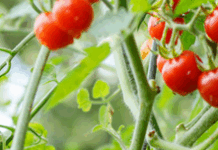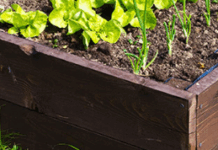It’s easy to blame poor soil conditions for our garden troubles; I do it myself. In northern Wisconsin it was too sandy. Now where I garden in Cincinnati, there’s too much clay.
Some soil blocks nutrients from plants. Some soil simply lacks enough nutrients for the plants we want to grow. And that is part of the problem—we need to choose the right plants for the soil, or find a different place to grow the plants we want.
Determining soil health
Start by taking several soil samples to your local extension office where they can analyze the nutrients in the soil. Then select plants with needs that fit those levels. That’s how we avoid double-digging and adding endless yards of amendments—in short, how to avoid a lot of backbreaking work.
Easy steps to improve the soil
Even after adding plants suited to the soil, we can still enhance the growing conditions by adding composted manure. It’s beneficial to plants, but keep in mind that most root systems reach far below the top few inches of soil. While the nutrients may be penetrating below the compost line, they may leach quickly through the soil if it’s sandy.
When I gardened in very sandy soil, I created raised beds one foot tall. I added a foot of black soil, worked it in as deeply as I could to the original soil, and then I added another foot of black gold (rich, dark soil). I used Milorganite with abandon—it doesn’t burn and it seemed to keep the deer at bay.
Each year I top-dressed the garden with generous amounts of more composted matter and organic mulch. The gardens in my raised beds grew lush and plants thrived. However, I admit that just beyond my yard, in the natural soil, a healthy community of plants also existed—natives to the area. I could have looked into gardening with those species, too.
JENNIFER SMITH www.hortmag.com





